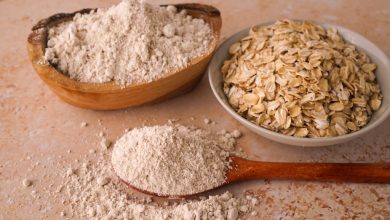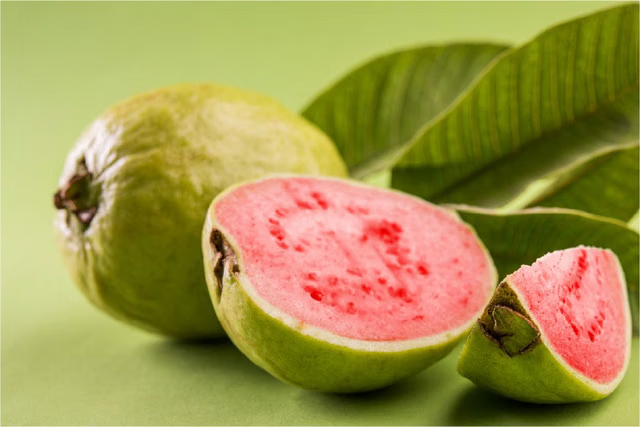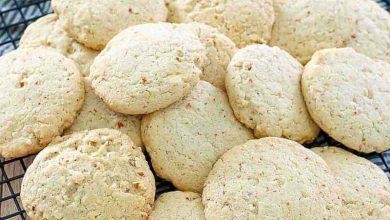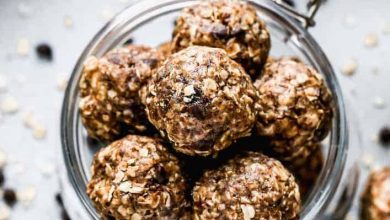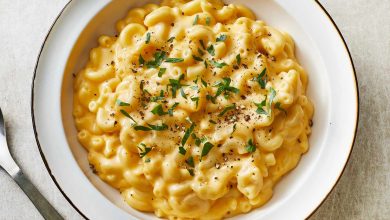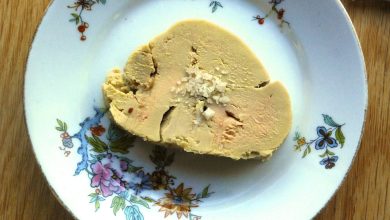Lamb Shoulder (Whole, Arm Bone-In, Lean Fat, 14″ Fat Choic, Cooked Roasted) – Nutritional Breakdown
Lamb shoulder is a rich and flavorful cut of meat that offers a generous amount of protein and healthy fats. When roasted, this cut of lamb becomes tender and juicy, making it an excellent choice for hearty meals. Below is the detailed nutritional information and health benefits of cooked roasted lamb shoulder (arm bone-in) with lean fat.
Ingredients:
- Lamb shoulder, arm bone-in, lean fat, cooked roasted (14″ fat choice)
Nutritional Information:
| Nutrient | Amount per 100g |
|---|---|
| Energy | 276 kcal |
| Protein | 22.51 g |
| Total Fat | 19.97 g |
| Saturated Fat | 8.44 g |
| Carbohydrates | 0.0 g |
| Dietary Fiber | 0.0 g |
| Sugars | 0.0 g |
| Calcium | 20 mg |
| Iron | 1.97 mg |
| Magnesium | 23 mg |
| Phosphorus | 184 mg |
| Potassium | 251 mg |
| Sodium | 66 mg |
| Zinc | 5.23 mg |
| Copper | 0.108 mcg |
| Manganese | 0.022 mg |
| Selenium | 26.2 mcg |
| Vitamin C | 0.0 mg |
| Thiamin (B1) | 0.09 mg |
| Riboflavin (B2) | 0.24 mg |
| Niacin (B3) | 6.15 mg |
| Vitamin B6 | 0.13 mg |
| Folate | 21 mcg |
| Vitamin B12 | 2.64 mcg |
| Vitamin A | 0.0 mcg |
| Vitamin E | 0.14 mg |
| Vitamin D2 | 0.1 mcg |
Allergen Information:
- Contains: No known allergens.
- Suitable for: Most general diets, though it may not be suitable for vegetarians or those with specific meat-related dietary restrictions.
Dietary Preferences:
- High Protein: With 22.5g of protein per 100g serving, lamb shoulder is an excellent source of complete protein, ideal for muscle repair and maintenance.
- Low Carbohydrate: This cut contains no carbohydrates, making it a great option for low-carb and keto diets.
- Rich in Essential Minerals: Lamb is a good source of key minerals, including phosphorus, zinc, and iron, which support overall health, immune function, and energy levels.
- Saturated Fat: While lamb shoulder is higher in saturated fat (8.44g per 100g), it still provides healthy fat that is vital for absorbing fat-soluble vitamins and hormone production.
Cooking Tips & Advice:
Lamb shoulder can be slow-roasted for tender, juicy results. Roasting at a moderate temperature (around 350°F or 175°C) for several hours allows the fat to render down and infuse the meat with flavor. You can season with a variety of herbs and spices, such as rosemary, garlic, and thyme, for a savory finish. Rest the meat after roasting to ensure the juices are locked in for the best texture.
- Pairing Suggestions: Lamb shoulder pairs wonderfully with earthy root vegetables like carrots and parsnips, as well as tangy sauces made from yogurt or mint. A glass of red wine, such as Cabernet Sauvignon or Syrah, complements the rich flavor of the lamb.
Conclusion:
Lamb shoulder, particularly when roasted, offers a nourishing and satisfying option for meat lovers. It delivers a substantial amount of protein and healthy fats, along with a variety of essential vitamins and minerals that support general well-being. With its rich flavor and versatility in cooking, lamb shoulder is an excellent choice for both everyday meals and special occasions. Whether paired with seasonal vegetables or enjoyed on its own, it’s a hearty and nutritious addition to any menu.
This detailed breakdown provides a thorough look at lamb shoulder, ensuring you have all the information you need for incorporating this delicious cut into your meals while considering its nutritional benefits and cooking tips.




